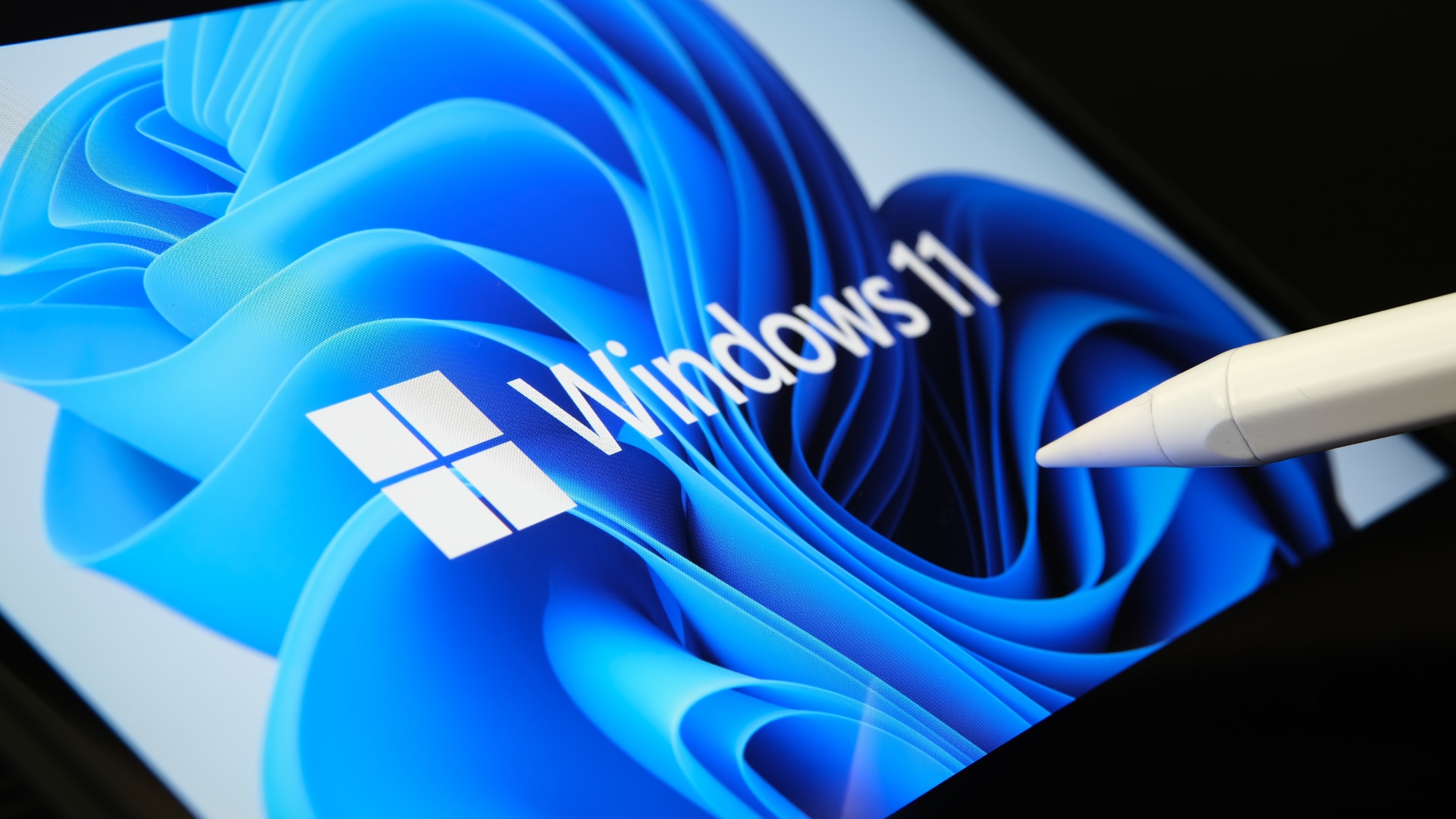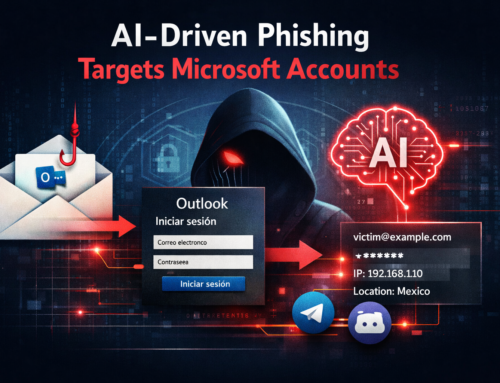Microsoft is rolling out a major security upgrade in Windows 11 called Administrator Protection, aimed at stopping privilege escalation attacks and making admin rights more secure. This new feature is part of a broader push to reduce risks from stolen admin tokens and misused permissions.
According to Microsoft’s Digital Defense Report 2024, there are around 39,000 token theft attacks every day, showing how urgent this problem has become.
What Is Administrator Protection?
The feature changes how admin access works on Windows systems. Instead of giving users full-time admin rights, Windows now uses a hidden, system-generated profile called the System Managed Administrator Account (SMAA). This account creates a temporary admin token only when needed for specific tasks.

When a task requires admin permissions, users will be prompted to verify their identity using Windows Hello (such as PIN, fingerprint, or face). After the task is done, the token disappears—reducing the risk of abuse by malware or threat actors.
Key Benefits
- No more silent auto-elevation: Every admin action now needs user approval.
- Improved UAC prompts: Color-coded warnings now highlight risky app behaviors.
- Stronger isolation: Elevated and non-elevated apps no longer share settings or themes.
- Harder to bypass: This blocks old techniques like registry or environment variable hacks.
Microsoft emphasizes that unlike traditional User Account Control (UAC), which was more of a soft warning system, Administrator Protection creates a real security boundary that attackers will have a harder time crossing.
You can check if it’s working by running an elevated Command Prompt and typing whoami. If you see ADMIN_, the feature is active.
This is a big step forward in making Windows safer for both regular users and IT admins managing large environments.
Administrator Protection will be available in all editions of Windows 11—Home, Pro, Enterprise, and Education. Users can turn it on from Windows Security > Account Protection, while IT teams can manage it through Group Policy or Intune.
The feature separates standard and admin user profiles. Files and settings created in admin mode stay in the admin profile, so changes don’t carry over to regular mode.
Microsoft recommends using apps with the least privileges needed, and only allowing admin access for specific tasks.
Starting May 2025, apps running with admin rights will have restricted access to sensitive features like the camera, microphone, and location unless users give permission.
David Weston from Microsoft called this “the most significant security upgrade in a generation,” reinforcing Microsoft’s push to make Windows more secure.
Follow Us on: Twitter, Instagram, Facebook to get the latest security news!













Leave A Comment